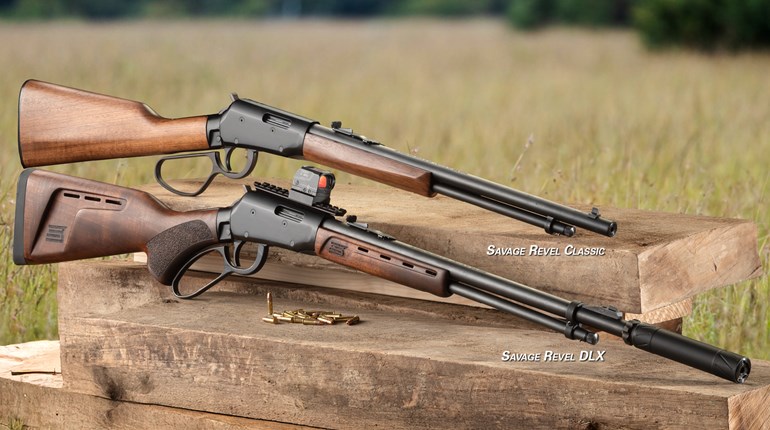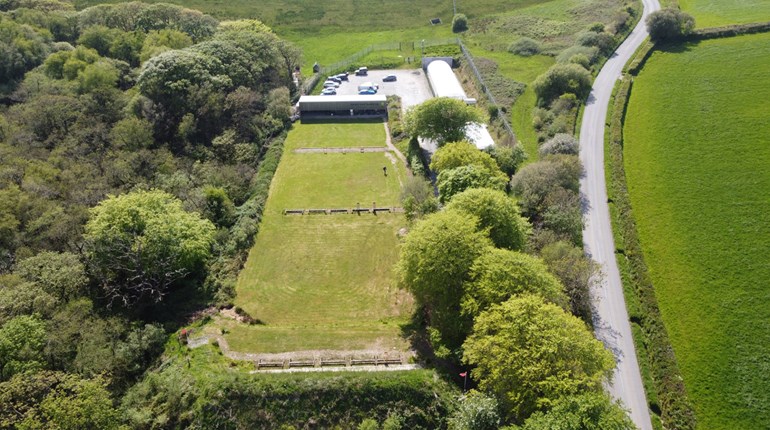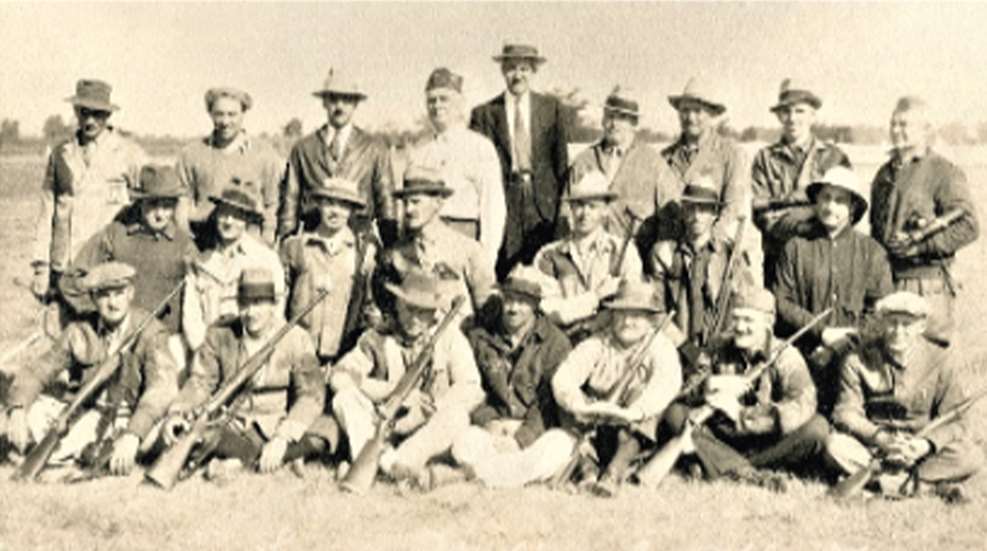
In the aftermath of the Great War, veterans of all nations gathered together to form associations to foster camaraderie, promote peace and goodwill, preserve the memories and incidents of the hostilities and to ensure that they receive their earned entitlements. Countries of the Triple Entente, France, Britain, Russia, Italy, Japan and the United States; and the Central Powers, Germany, Austria-Hungary, the Ottoman Empire and Bulgaria, gave rise to a veterans’ organization.
In the U.S., the major organizations were the Veterans of Foreign Wars, which requires a member to have service in a war, campaign, expedition on foreign soil, or in hostile waters and be awarded the appropriate campaign medal. The American Legion requires a member to have only federal active duty in the U.S. Armed Forces.
In Great Britain, the chief organization is the Royal British Legion. French veterans joined the Union Fédérale of the Union des Combattants. Veterans in Italy, Romania, Greece, Poland, Russia and Spain also organized. Perceiving the need to unite the various national veterans’ groups under an umbrella organization, Hubert Aubert and Charles Bertrand met in Paris in November 1920, where they organized the Fedération Interalliée Des Anciens Combattants (Federation of War Veterans Organizations—FIDAC), whose altruistic goal was, “To promote peace, continuously strengthen the brotherhood initiated on the battlefield and provide help to the wounded, the disabled, widowers, war orphans, veterans and also commemorate the heroes fallen in battles.”
First Matches
FIDAC sponsored social and sporting events intended to bring veterans together. In 1930, the group introduced an international smallbore rifle postal team match. The U.S. FIDAC affiliate, the American Legion, negotiated with the National Rifle Association of America to add the event to the NRA National Smallbore Championship program, which it did that year. The NRA also added the American Legion Smallbore Match to the program, presumably to provide a selection event for the FIDAC. The NRA charged no entry fee as it was non-fired, using the score from the Camp Perry Individual Smallbore Match, a 30-shot event with a course-of-fire of 10 rounds fired at 50, 100 and 200 yards.
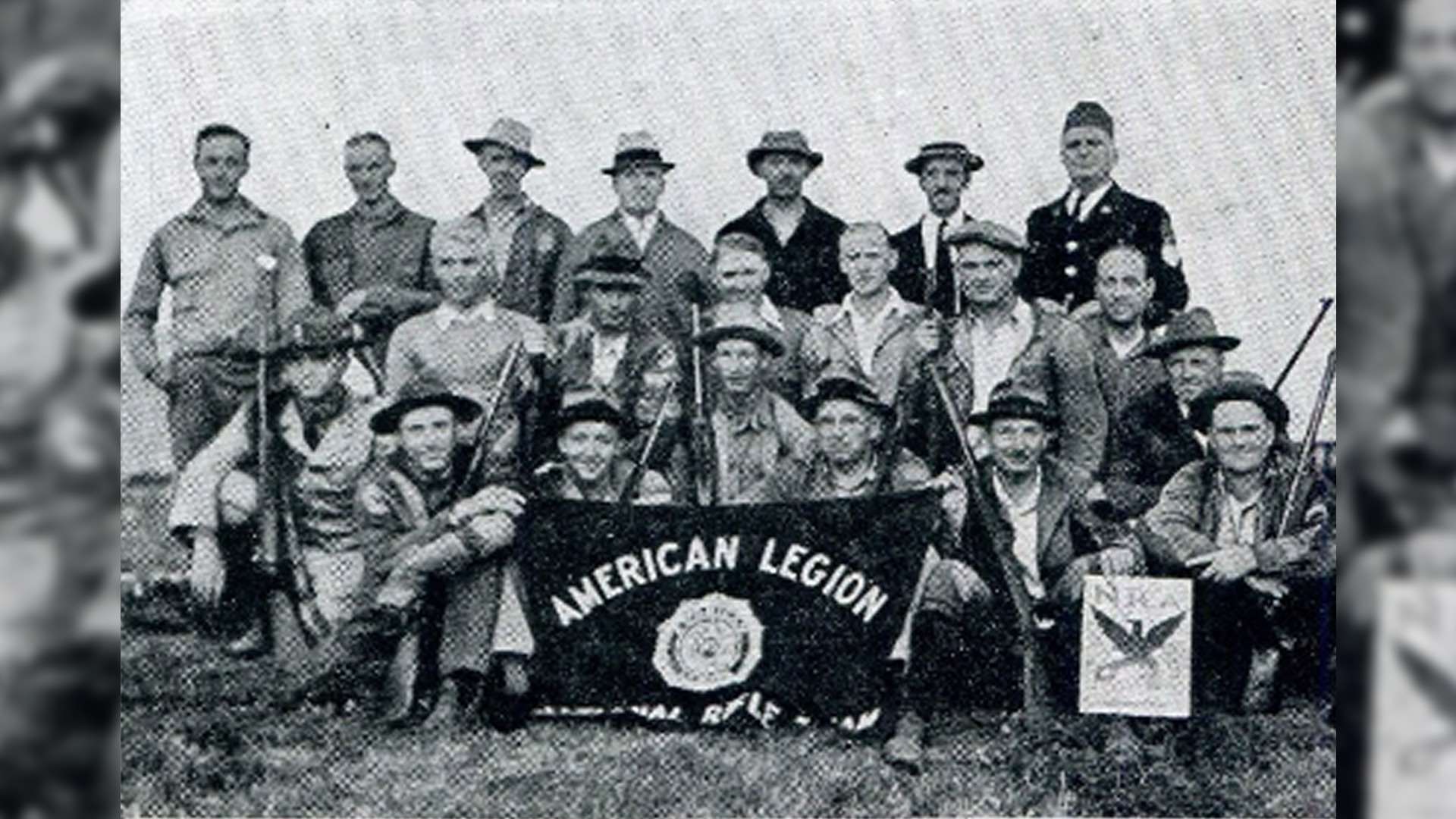
The first reference to the FIDAC is in the 1930 National Match Program and is brief, indicating that there may have been a rush to get it included.
SMALL-BORE RIFLE TEAM INTERALLIED MATCH
Organized by FIDAC
Open To: One team of 10 shooting members, two alternates, team captain, and team coach; ex-service men of the World War from each of the nations and provinces affiliated with the FIDAC. The team representing the United States to be selected by the American Legion, National Headquarters or its representative. Conditions to be announced on bulletin board.
It should be noted that the Legion riflemen who attended Camp Perry may have had some influence with the match organizers. It is not known if the likes of Virgil Z. Canfield, Thirkild “Turk” Samsoe, Ray Louden, Russ Gardner or Eric Johnson lobbied on the Legions’ behalf, but when the FIDAC was added to the program in 1930, so were the American Legion Smallbore Match and the American Legion 50-Meter Re-entry Match. When the FIDAC was whisked away by the winds of war in 1940, the supplementary Legion matches were also gone.
The program entry for 1931 is no less terse than 1930, but does mention that the 1930 event was won by the American Legion without a score being mentioned. It was not until 1935 that a full set of match conditions appeared in the progra. Incorrect, that year it stated that the course-of-fire was 40 shots, when match bulletins clearly showed that only 20 record shots were fired. The error was corrected in 1937.
With the events now printed in the National Match Program, interested Legionnaires need no longer scan the bulletin board for news of the FIDAC, as they knew that the match was 20 shots prone at 50 meters on the International target, in five-shot strings on four targets, metallic sights, no level and a time limit of five minutes per string. Sighting shots were allowed between strings, but no sighting targets were permitted on the butts during record firing.
Match results over the years followed a pattern. The 1932 match saw the U.S. win. Great Britain was second, followed by Yugoslavia and Belgium. It was the U.S., Great Britain and Belgium in 1933, 1934 and 1935. Poland entered in 1936 and finished in fourth behind Belgium.
As for the eighth FIDAC in 1937, Great Britain finally broke the U.S. stranglehold on the match. The U.S. slipped into second with Belgium mired in third and Canada fourth. The U.S. regained the trophy in 1938, followed by Great Britain, Canada and Belgium.
Final FIDAC Match
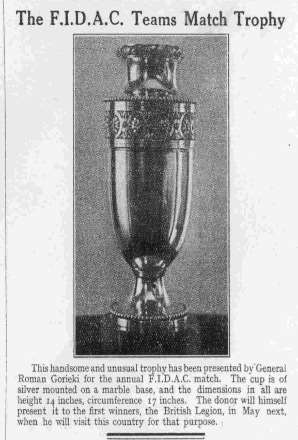
The 10th and final FIDAC Match was in fired in 1939 with only the U.S. participating, the European nations being otherwise occupied, in more ways than one, by the actions of Nazi Germany. Great Britain’s Society of Miniature Rifle Club’s journal, The Rifleman, reported in classic British understated manner that, "Naturally neither the French, Belgian, nor British Legion teams were able to shoot in these times of stress and disorganization.”
In the decade that the FIDAC was in competition, Raymond E. Louden and Andrew J. Yearsley each racked up a phenomenal nine appearances on the U.S. Team, either as riflemen or team officials.
It is interesting to note that, unlike the other postal matches of the day, team officials often performed double duty, also firing as riflemen. Perhaps there were not enough Great War veterans participating that year, or the team just went with the best shooters available.
Accompanying the FIDAC were two other matches aimed at American Legion competitors, the squadded American Legion Smallbore Match, 10 shots at 50 yards followed by 10 more at 100 yards, and the reentry American Legion 50-Meter Match, 10 shots at 50 meters on the International target with an entry fee of 25¢ per target.
The first perfect 200x200 score for the U.S. was recorded by Webb Stump in 1933. Proving it was not a fluke, in 1934 Stump again shot a clean. William A. Scarborough joined Stump in 1935, with Craig F. Rider shooting the last recorded 200 in the final FIDAC in 1939.
The 1940 National Matches were scheduled for Aug. 18 - Sept. 7, and while the Dewar and Railwaymen’s Match were announced, the National Match Program was ominously quiet on the FIDAC. Earlier that year, in a situation reminiscent of the flashback scene in the movie Casablanca, Parisians awoke on Jun. 14, 1940, to the sound of a German-accented voice announcing via loudspeakers that a curfew was being imposed for 8:00 p.m. that evening as German troops entered and occupied the city.
FIDAC, headquartered in Paris, held its last Executive Board meeting in March 1940, and by May, France was invaded by the Axis powers. After this, FIDAC ceased to exist as did the Interallied Smallbore Rifle Team Match.
A clipping from a 1933 SMRC Rifleman announced that FIDAC President Brig. Gen. Roman Gorecki of the Polish Army will visit Great Britain in May 1934 to present to the British Legion a trophy cup for winning the 1933 FIDAC. It is presumed the cup was named in his honor, but little is known about it beyond the announcement.
The American Legion provided a second trophy for the FIDAC match in honor of Ohio National Guard Brig. Gen. John Rae McQuigg, a lawyer by trade, who served as the National Commander of the American Legion from 1925–1926. McQuigg enjoyed a distinguished military career, serving in the Spanish-American War, the Mexican Punitive Expedition and with the Allied Expeditionary Force in the Great War—rising from private to a general officer. He was honored by the United States Maritime Commission when his widow broke a bottle of spirits across the bow of the USS John R.McQuigg (a Liberty Ship) on Jul. 19, 1944, sending the ship sliding into the waters of Panama City, Fla.
Missing Trophies?
While it is not a mystery why the match ended, there remains the question of the fate of both the FIDAC and Gorecki trophies. Were they kept in Paris by FIDAC, at American Legion headquarters, or did the winning team hold them at either the SMRC headquarters at its London headquarters? Or at NRA headquarters in Washington DC until the next match?
If Paris is true, then they are probably lost forever—either confiscated by the Nazis as works of art, melted down for its silver value or, perhaps simply lost in the fog of war.
Having lost to the U.S. in the last FIDAC, it was unlikely that the SMRC or British Legion was in possession of the Gorecki Trophy. But if in SMRC possession, it was probably lost on the night of May 10, 1941 when an air raid destroyed Codrington House (London headquarters). Many of the society's trophies were stored in the basement and all that was recovered was a large glob of molten silver.
On the other hand, maybe they were simply misplaced when the NRA moved from the Barr Building on 17th Street in Washington D.C., to 1600 Rhode Island Avenue and finally to its present home in Fairfax, Va.
If the trophies were trusted to either the Legion or NRA for safekeeping, maybe they are simply resting in a dark corner of the Legion or NRA Headquarters, unrecognized and forgotten artifacts of a bygone era.
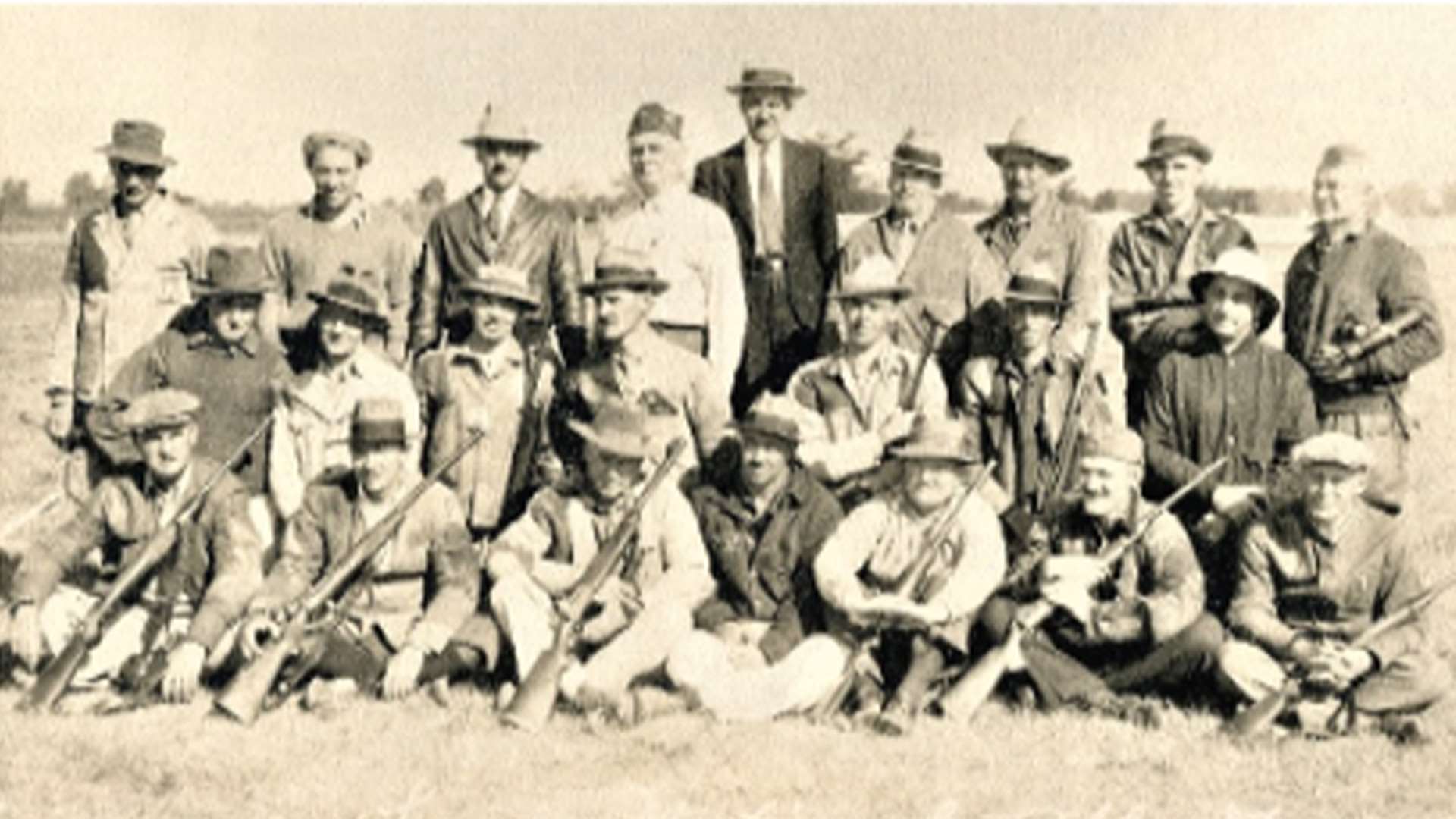
Photo: 1934 U.S. FIDAC Team (l. to r.) front row: Virgil Z. Canfield, Arthur E. Hart, Unknown, Captain Clarence R. Ripley, Unknown, Unknown, Unknown. Middle row: Thirkild P. “Turk” Samsoe, Raymond E. Louden, Russell Gardner, Unknown, Unknown, Unknown. Back row: Eric Johnson, Bill Schweitzer, Homer Jacobs, American Legion Official, Unknown Official, Coach Ollie Schriver, Thurman Randle, Unknown, Unknown. Unidentified: Webb Stump, E.D. Schumaker, Carl S. Mundy, Andrew Yearsley, William J. Summerall, Charles L. Woodworth and R.E. Rainsburger.
Read more: 2020 International Smallbore Postal Results














